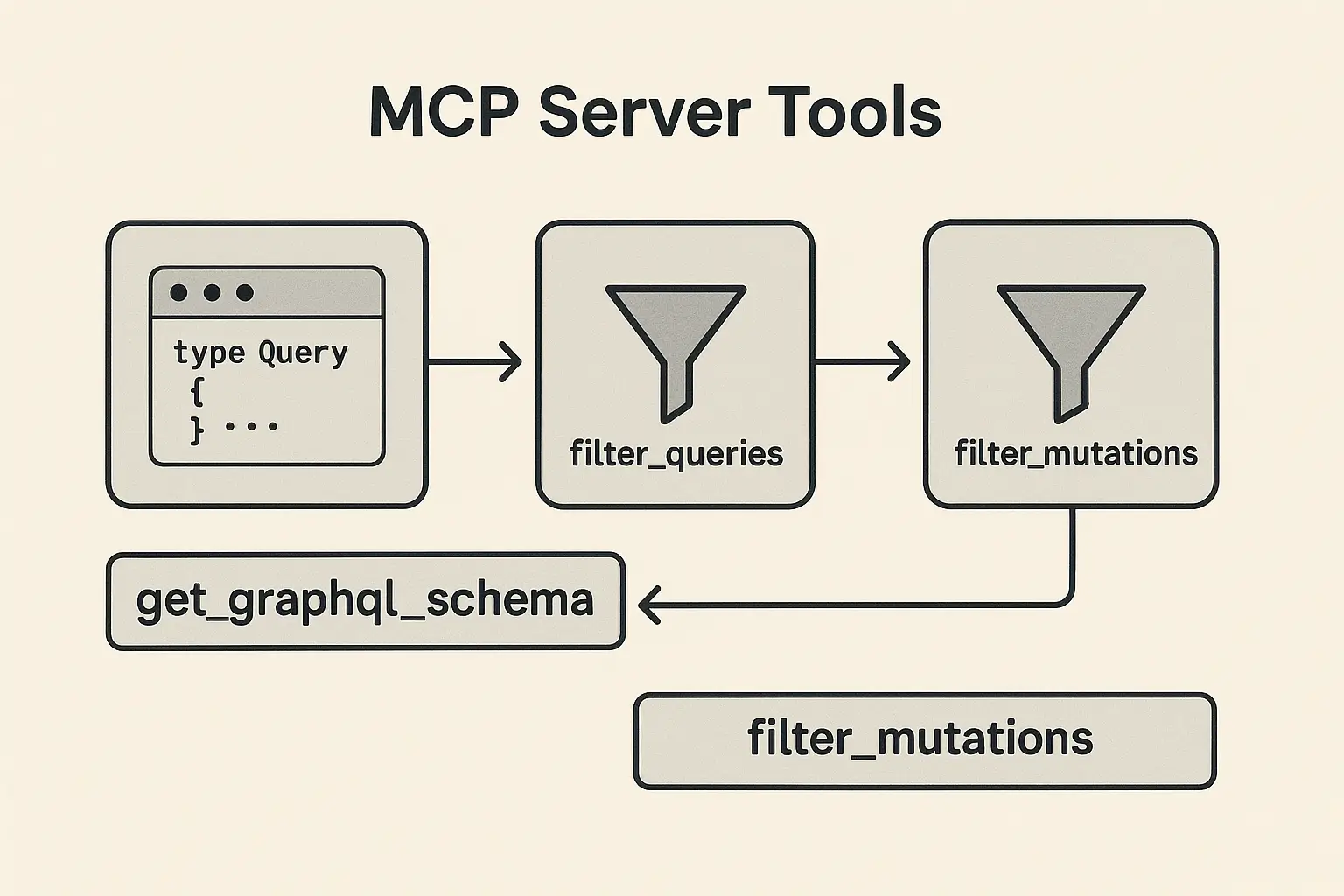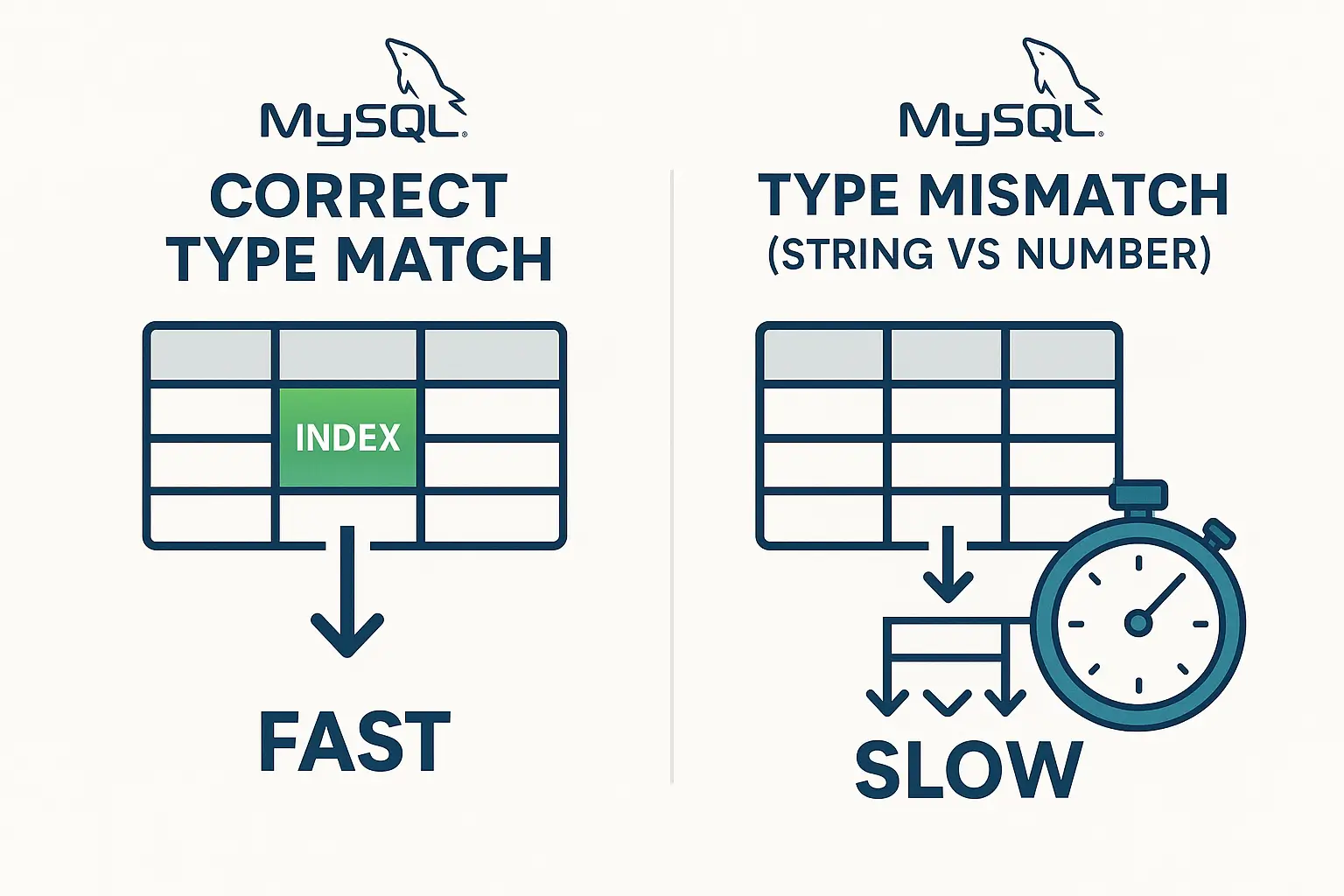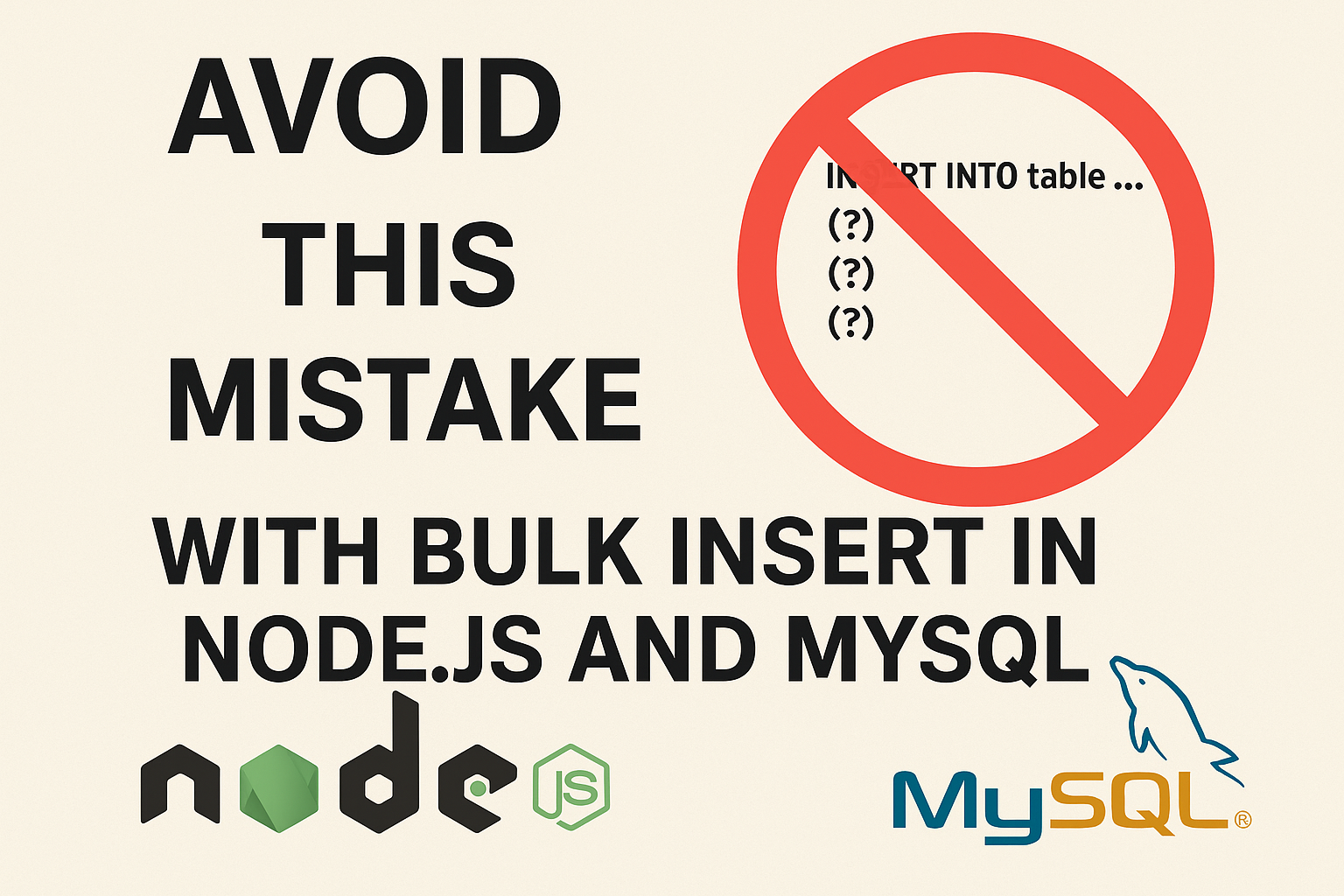A Deep Dive into Schema-Based Multi-Tenancy: Scaling, Maintenance, and Best Practices
Introduction
As your application scales and serves multiple tenants, choosing the right multi-tenancy architecture is critical. One popular approach in the Rails ecosystem is schema-based multi-tenancy, particularly with PostgreSQL. In this deep dive, we’ll explore how schema-based multi-tenancy works, examine real-world scaling challenges, and discuss operational maintenance, security concerns, and more.

What is Schema-Based Multi-Tenancy?
In schema-based multi-tenancy, each tenant has their own schema within a shared PostgreSQL database. Each schema contains the tenant’s tables and data, providing a moderate level of data isolation while allowing tenants to share the same database infrastructure.

How it Works:
- When a tenant accesses the application, the system dynamically switches to that tenant’s schema.
- PostgreSQL’s
SET search_pathcommand is used to direct queries to the appropriate schema.
CPU Usage in Multi-Schema Setup
- Query Execution: CPU usage depends on query complexity and tenant concurrency. Frequent schema switching adds minimal CPU overhead.
- Scaling: As tenant count grows, query planning across many schemas can strain CPU resources. Optimization, like parallel query execution, helps maintain efficiency.
Efficiency: With optimized queries and schema management, CPU usage remains efficient for small to medium tenant counts. For larger setups, CPU bottlenecks may arise.
RAM Usage in Multi-Schema Setup
- Buffer Cache: PostgreSQL caches frequently accessed data, but more schemas increase memory pressure.
- Work Memory: Concurrent tenant queries use additional RAM. Poor tuning leads to excessive memory usage or disk spill.
Efficiency: Efficient for small setups, but as tenant count grows, memory demands increase, requiring careful resource tuning and possibly more RAM.
Real-World Scaling Solutions
As your application grows, managing an increasing number of schemas comes with both benefits and challenges. Here’s how large applications manage scaling with schema-based multi-tenancy:
Scaling to Hundreds of Schemas
For small to medium SaaS platforms, managing hundreds of schemas is feasible. PostgreSQL efficiently supports schema-based multi-tenancy up to this point, and applications can maintain a high degree of isolation with relatively straightforward migrations.
Scaling to Thousands of Schemas
When your tenant count grows to thousands, PostgreSQL’s handling of schemas can start to degrade:
- Metadata Overload: Each schema adds metadata to the system, and query performance may suffer as the number of schemas increases.
- Query Planning Time: PostgreSQL recalculates query plans across schemas, which can add overhead when there are many schemas with different index structures or data distribution.
Case Study Example:
An enterprise-level SaaS application initially used schema-based multi-tenancy to handle 500 clients. As their client base grew to over 5,000, they began noticing longer query times and higher memory usage. The team adopted the following strategies to address the challenges:
- Partitioned the tenants across multiple databases, each supporting a subset of schemas.
- Optimized query planning by using uniform indexing across schemas.
Optimizations for Large-Scale Schema-based Multi-Tenancy:
- Connection Pooling: Use tools like
PgBouncerto manage database connections efficiently, especially when switching between tenants. - Schema Caching: Cache query plans across schemas where possible, particularly for shared queries like reporting or analytics.
- Sharding: Partition tenants into multiple databases to reduce the load on a single PostgreSQL instance.
Schema Maintenance
Managing a large number of schemas introduces complexity in day-to-day operations, particularly with backups, migrations, and schema pruning.
Backups and Disaster Recovery:
- Backing up a single database with hundreds of schemas can be resource-intensive. You’ll need a robust backup strategy, using tools like pg_dump or database-level replication.
- Consider logical replication for selective schema backups or restoring individual schemas when needed.
Schema Pruning:
As tenants leave the platform or become inactive, you may need to delete their schema. However, this must be done carefully to ensure database integrity and to avoid impacting performance.
- Create a retention policy for inactive tenants to free up resources and optimize performance.
Monitoring and Health Checks:
- Automated health checks are essential to monitor each schema’s performance, track index bloat, and manage table fragmentation.
- Use pg_stat_activity and other PostgreSQL performance tools to monitor query performance per schema.
Security Concerns in Schema-based Multi-Tenancy
While schema-based multi-tenancy provides a good level of isolation, security remains a top concern, especially with multiple tenants sharing the same database.

Ensuring Tenant Data Isolation:
- Make sure that schema switching (
SET search_path) is done correctly on every request. Mistakes here could lead to tenant data leakage. - Use middleware or Rails gems (like
Apartment) that manage schema switching automatically and ensure that the correct schema is loaded at all times.
Preventing Cross-Schema Access:
- Implement strict database permissions to ensure that even if a query is misrouted, the user cannot access another tenant’s schema.
- Regularly audit schema access logs to identify potential misconfigurations.
Multi-Threaded Environments:
In a multi-threaded environment, ensure that schema selection is thread-safe. Each request must switch to the appropriate schema without overlapping or accessing the wrong schema.
Cost Considerations
Schema-based multi-tenancy offers significant cost advantages over database-per-tenant in certain cases.

Cost Efficiency:
- Shared Infrastructure: All tenants share the same database instance, reducing resource overhead and cost.
- Simplified DevOps: Managing a single database with multiple schemas is simpler than managing multiple database instances for each tenant, reducing DevOps complexity.
When Costs Increase:
- As the number of tenants grows, maintenance costs can rise due to the complexity of backups, migrations, and schema management.
- Partitioning tenants across multiple databases may be necessary, which could introduce additional operational costs and resource usage.
Migration Strategies: Scaling Beyond Schema-based Multi-Tenancy
At some point, schema-based multi-tenancy may no longer meet your scaling requirements. When that happens, transitioning to another approach, like database-per-tenant, may be necessary.
Migrating to Database-per-Tenant:
- Use database replication to move each tenant’s schema to its own dedicated database.
- Implement a gradual migration strategy where tenants are moved one at a time to avoid downtime and service disruption.
Hybrid Approaches:
Some companies adopt a hybrid strategy where small tenants use schema-based multi-tenancy, and larger or more demanding tenants are moved to their own dedicated databases.
Tenant Data Management and Customization
Another important consideration in schema-based multi-tenancy is how to manage tenant-specific customizations. For example, some tenants may need additional fields or features that require schema changes.
Handling Custom Data:
- Use JSON columns in shared tables to allow tenant-specific custom fields without modifying the schema structure.
- Alternatively, for very customized tenants, consider moving them to a dedicated database where schema alterations won’t impact other tenants.
Managing Migrations Across Schemas:
- Applying migrations across hundreds or thousands of schemas can be challenging. Use migration tools that support batch processing or automate migrations schema by schema.
Example migration strategy:

Conclusion

Schema-based multi-tenancy offers a flexible and cost-effective solution for serving multiple tenants within a single database. However, as your tenant base grows, you’ll encounter scaling challenges, operational complexities, and security concerns. By understanding these factors and applying optimizations like connection pooling, schema caching, and careful schema maintenance, you can continue to scale your application efficiently.
SEO Keywords: Rails multi-tenancy, schema-based multi-tenancy, PostgreSQL schema management, tenant isolation, SaaS scaling, database-per-tenant, Rails multi-tenant scaling.





